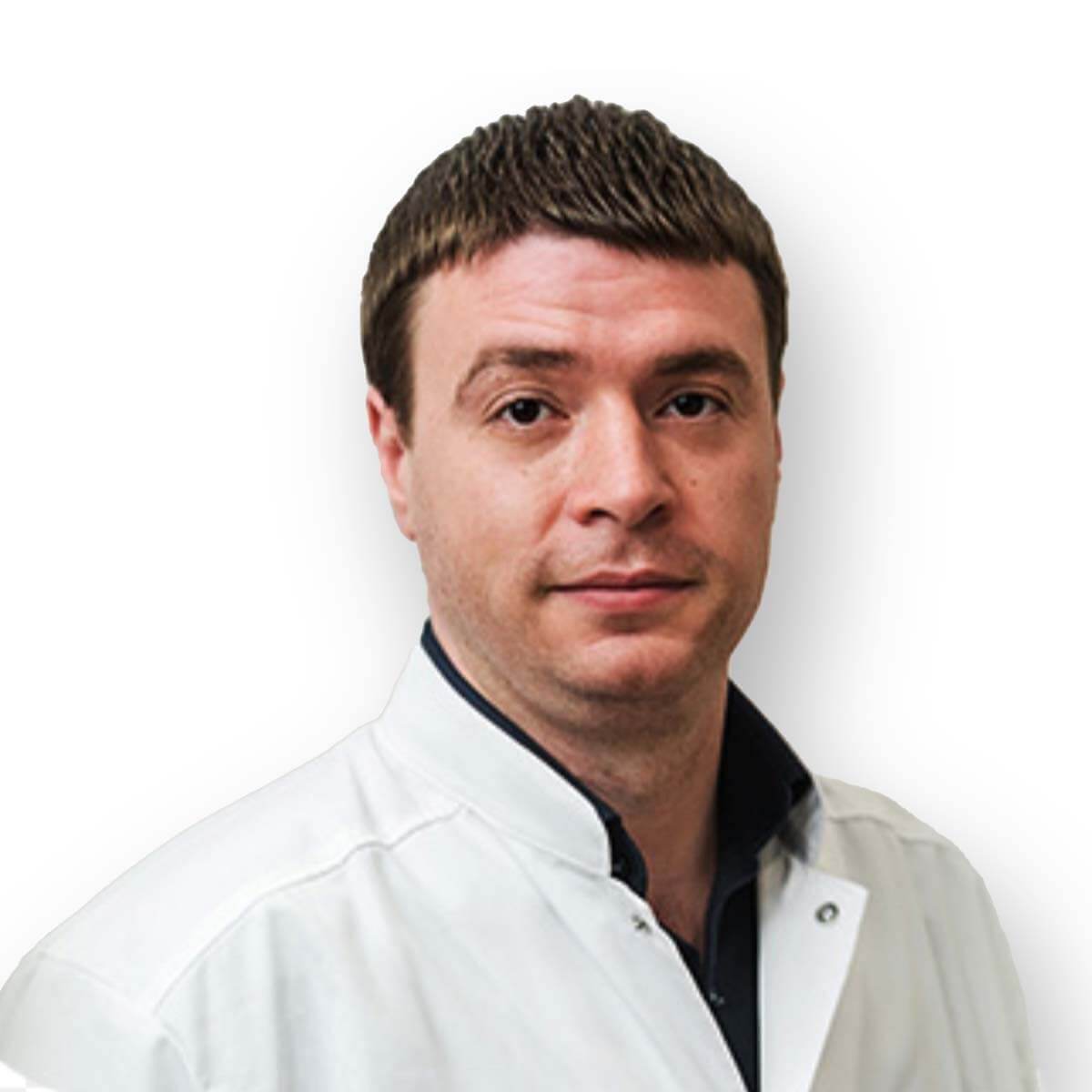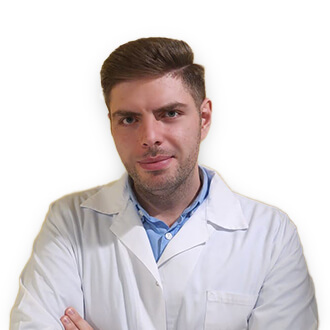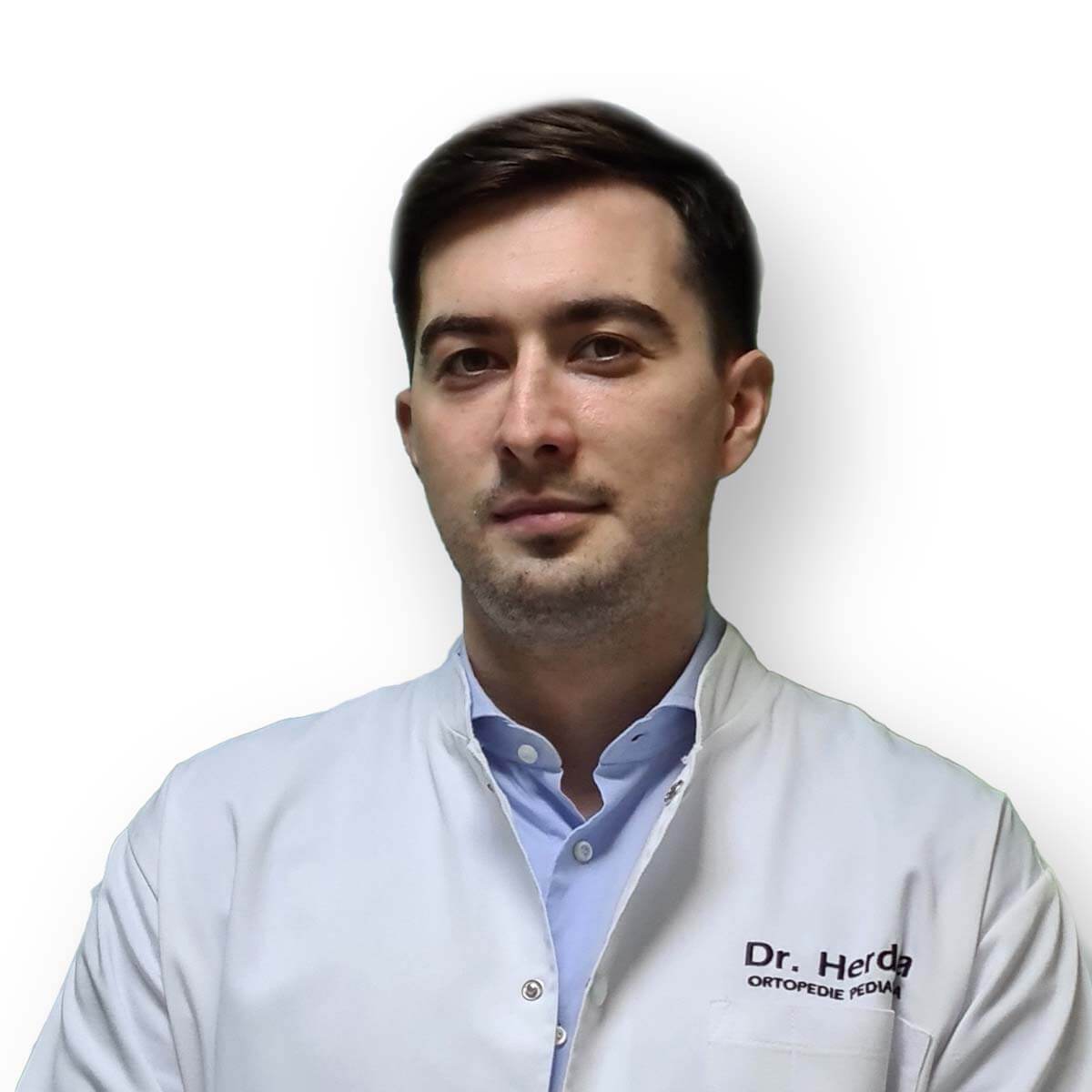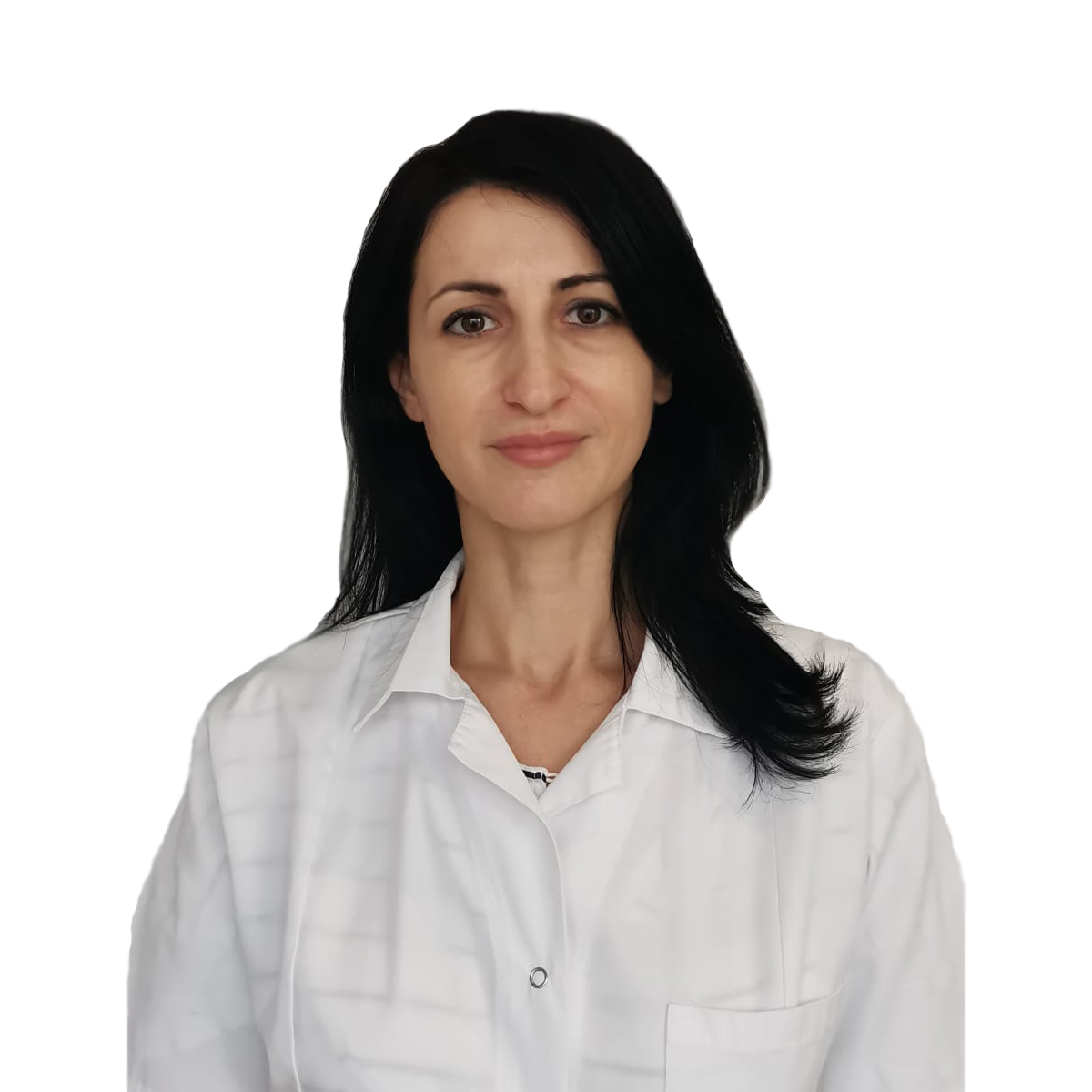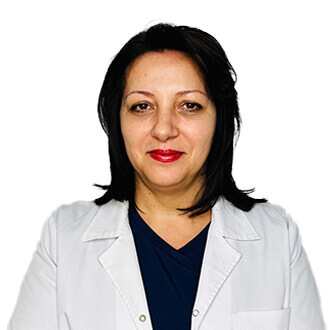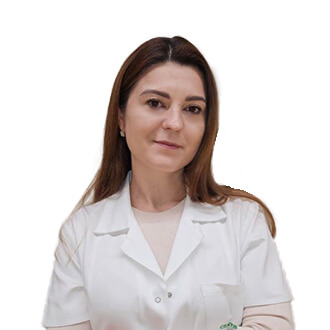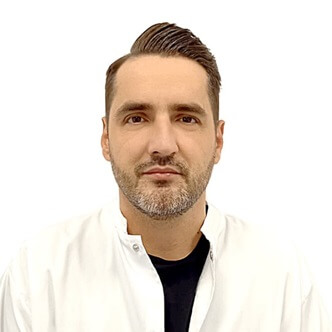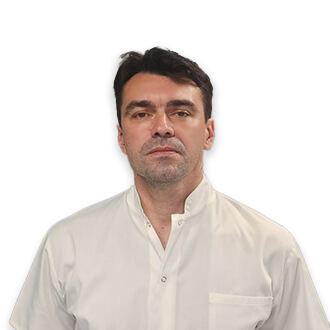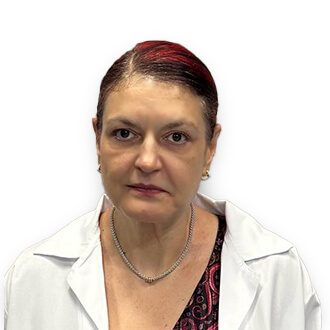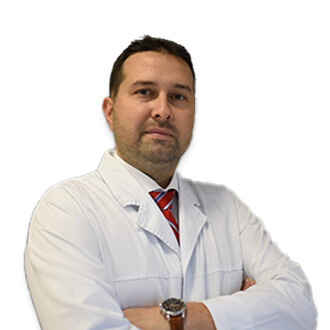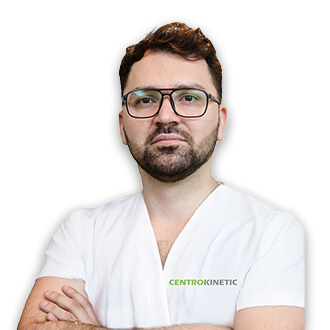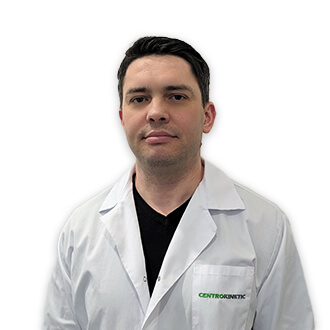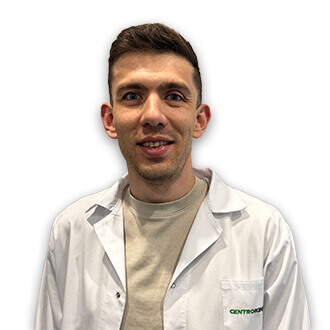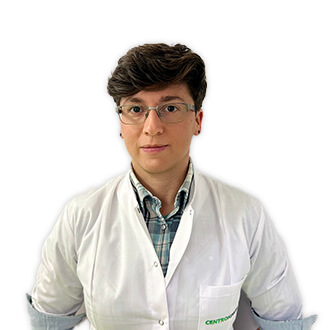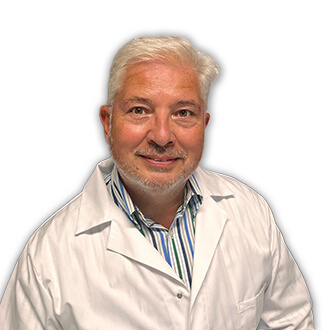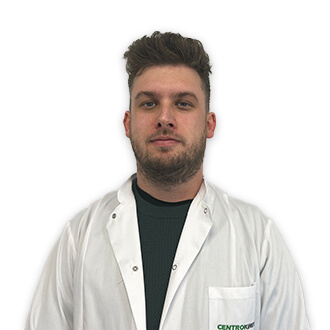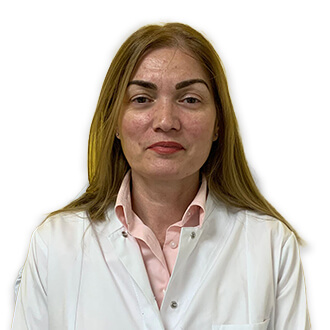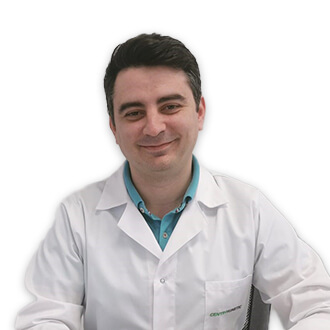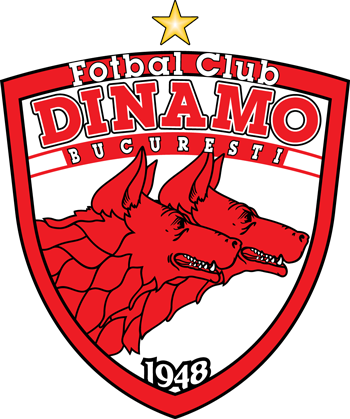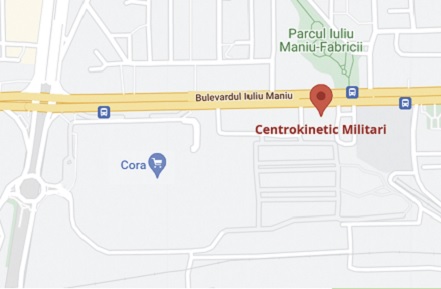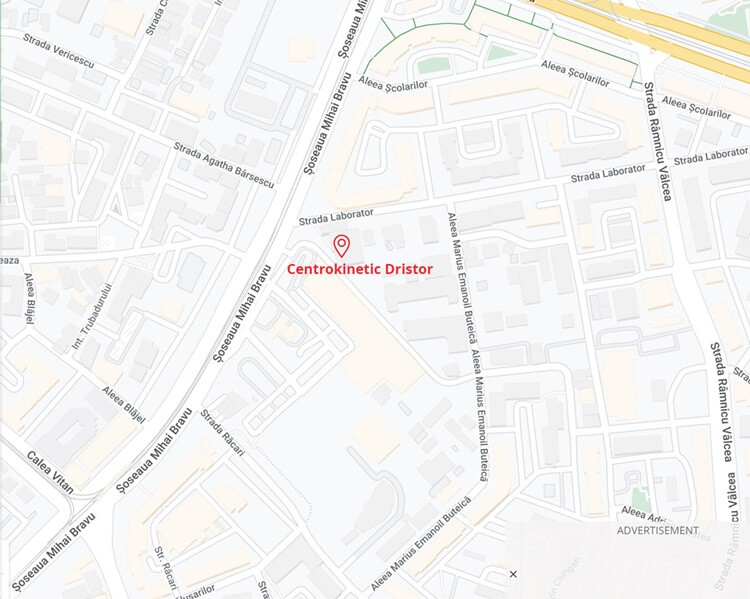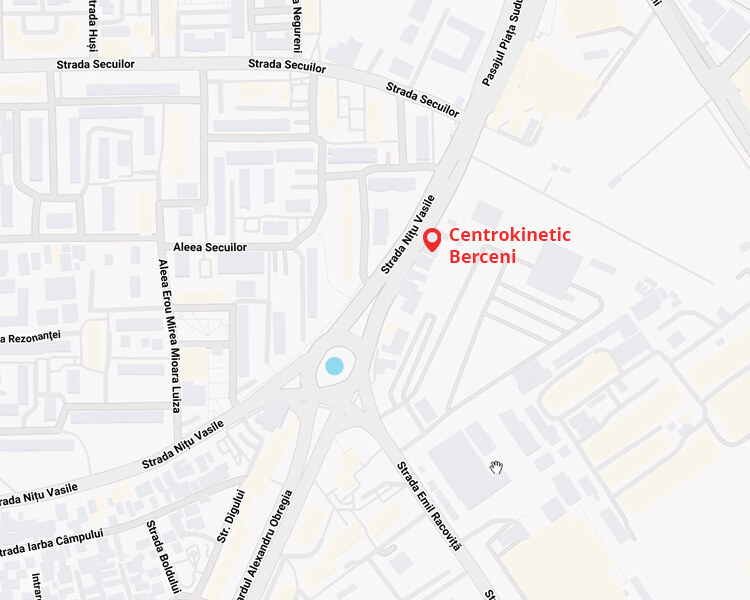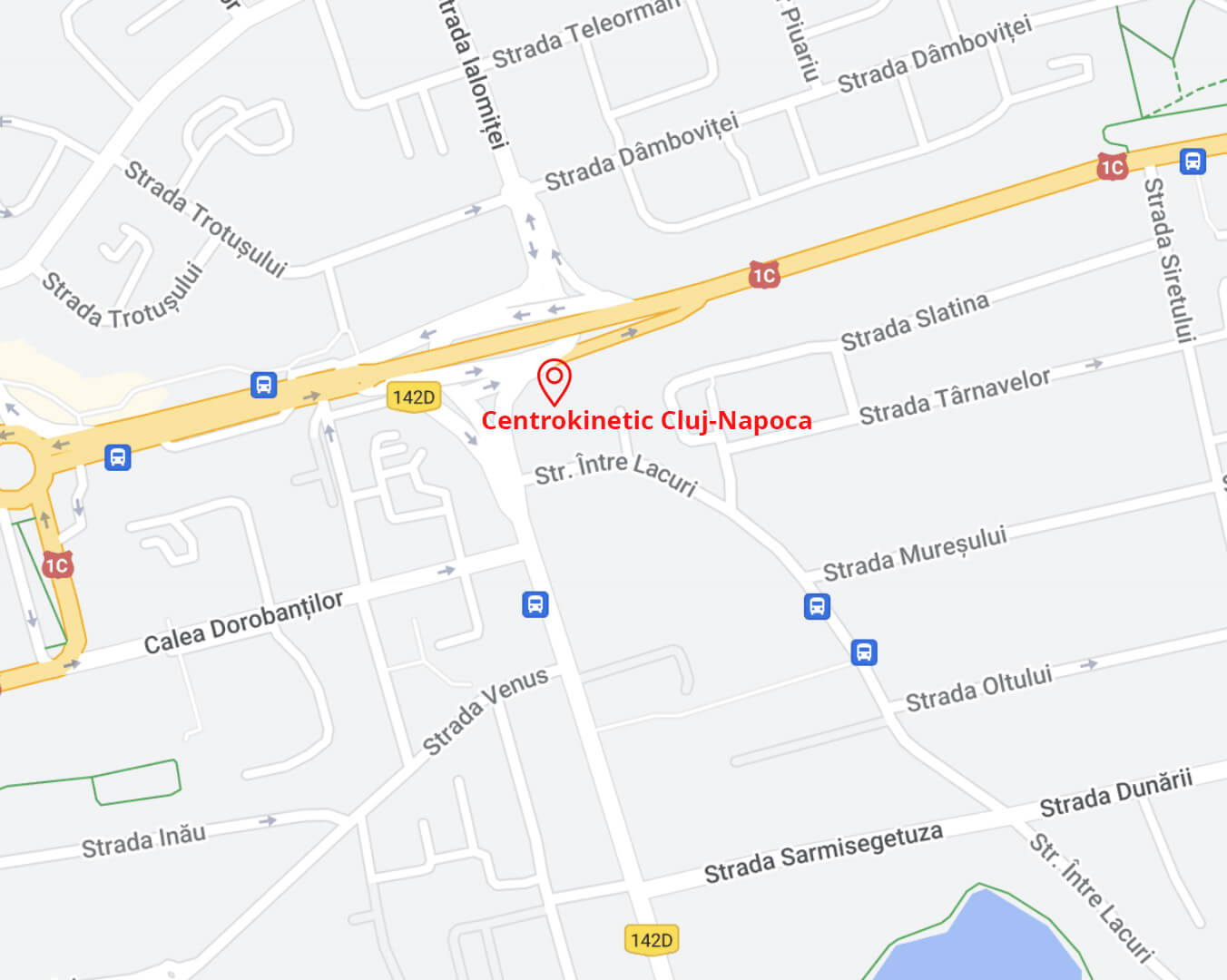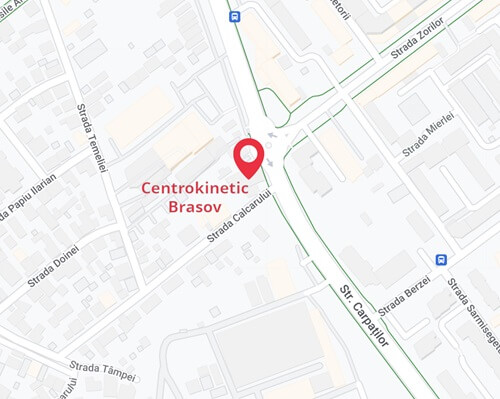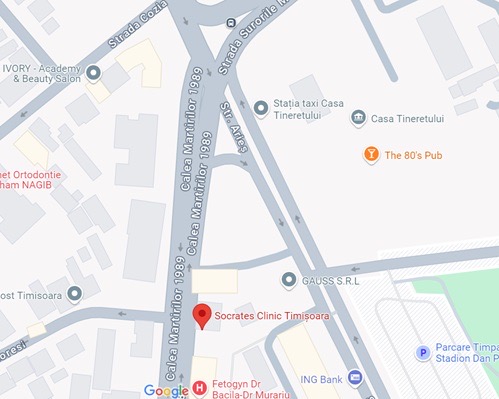Thigh
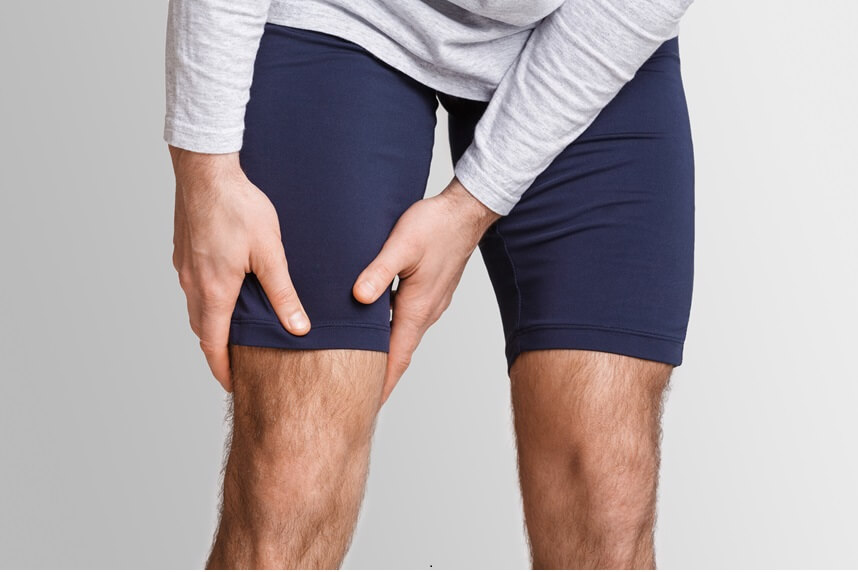
It is the anatomical region between the hip joint and the knee and is made up of the longest and strongest bone in the human body, the femur. Bone and muscle injuries are the most common at this level.
Contents
- common conditions
- femoral shaft fracture
- muscle injuries
- hamstring insertion tendinopathy
Common Conditions
- femoral shaft fracture
.jpeg)
A fracture is understood as a break in bone continuity. Fractures occur when the forces applied to a segment exceed its ability to resist. There are several ways to describe a fracture:
- Depending on the fracture mechanism, they can be traumatic or pathological (especially in the elderly due to osteoporosis or in the case of brittle bone disease)
- Depending on the way it occurs, it can be direct or indirect
- Depending on the pattern of the bone break, they can be: transverse, oblique, spiral, or longitudinal
- Depending on the bone fragments produced, they can be compact or comminuted
- Depending on whether the skin is affected or not, they can be closed or open (the bone protrudes through the skin)
- Depending on how much of the bone is broken, they can be complete or incomplete (fissures)
- Depending on the fracture stability, they can be stable or unstable.
Causes
Femoral shaft fractures in young people are due to high-energy trauma. The most common cause of femoral shaft fracture is traffic accidents (car or motorcycle), but this type of fracture can also occur from falls from a height.
A lower intensity impact, such as falling from standing, can cause a femoral shaft fracture in the elderly, whose bones are "weakened" by osteoporosis.
Symptoms
Usually, a femoral shaft fracture is accompanied by immediate, severe pain. The patient will not be able to bear weight on the affected leg, functional impotence, stiffness, and hematoma will occur.
Diagnosis and Treatment
The diagnosis is made by a specialist doctor, usually confirmed by X-rays. The specialist doctor is also the one who provides appropriate treatment in first aid - whether a fracture reduction or surgical fixation by an orthopedic surgeon is needed.
After immobilization, it is very important to start personalized rehabilitation treatment. The initial recovery aims to reduce inflammation and pain, then to increase joint mobility and muscle strength as much as possible. Gradual recovery of muscle strength and coordination is fundamental to achieving maximum functional recovery.
- muscle injuries
.jpg)
Muscle injuries are among the most common injuries in sports medicine. Most often they happen at the end of a tennis match, during extra time in a football game, or at the end of an intense tournament when a feeling of muscle fatigue appears, but the players continue to push themselves to finish the match. Muscle injuries can also occur after a serious collision while the player was in full action. Most often these collisions force players to leave the field.
All of these lead to the "famous" muscle injuries, which in most cases create confusion and distrust, but at the same time account for up to 30% of all sports injuries.
All interruptions in activity bring up the famous questions:
- HOW LONG UNTIL I CAN RETURN TO WHAT I WAS DOING BEFORE?
- HOW LONG DOES RECOVERY TAKE?
First of all, it must be clear that the information presented in this material is only general treatment guidelines, which must be adapted to the particularities of each individual and guided by a specialist doctor.
Muscle injuries can occur from direct contact (direct traumatic blows - contusions) or from a wrong movement (indirect traumas).
Contusions are easy to diagnose because it is known exactly when the trauma occurred, usually after direct contact with an opponent or an object. In these cases, depending on the functional incapacity caused by the contusion, they are defined as mild (the range of motion is over 50% of normal), moderate (between 1/3 and half of the range), or severe (mobilization is difficult and not more than 1/3 of the range of motion).
When we have severe contusions, the sooner you start physical therapy, the sooner you will resume the desired activities.
In contrast, the classification of indirect traumas is much more complex. If the pain is accompanied by an increase in muscle tone and occurs at the end of sporting activity, it is most likely a muscle contracture with shortening. However, if the pain is easy to locate, intensifies during sporting activity, and makes the activity difficult if not impossible, it is very likely that we are dealing with a muscle strain. A muscle strain is not accompanied by a break in muscle continuity at the microscopic level. In this case too, the sooner you start recovery, the sooner you will return.
Proper muscle tissue injuries (grade 1, 2, or 3) are those that require longer recovery times. In these cases, we have a real anatomical injury that varies in severity depending on the amount of muscle tissue affected and the location. It is quite easy to identify a real muscle tear because the pain felt is acute and occurs after a specific technical gesture. You can even easily identify the location of the tear.
Functional impotence is directly proportional to the severity of the injury. Diagnosis is made by clinical examination but can be aided by an MRI exam done 24/48 hours post-trauma.
Treatment must consider the degree and location of the injury and the patient's lifestyle. Throughout the physical therapy program, muscle tissue evolution can be monitored through ultrasounds, and it is important to consider location and size to avoid mistakes in recovery.
- hamstring insertion tendinopathy
The hamstrings form the posterior thigh muscles.
Causes
The most commonly implicated is sports activity, where the tendons are subjected to high and repeated demands. Tendinopathies can occur when decelerating/accelerating suddenly in motion, during a jump, or can appear progressively due to repeated muscle actions.
Localized pain is the most common symptom, often encountered at rest, intensifying with palpation and movement. It is a sharp, high-intensity pain felt suddenly.
BUCHAREST TEAM
CLUJ NAPOCA TEAM
BRASOV TEAM
MAKE AN APPOINTMENT
FOR AN EXAMINATION
See here how you can make an appointment and the location of our clinics.
MAKE AN APPOINTMENT





